-
By Category
-
By Benefit
-
By Hair Type
-
By Brand
-
Featured Collections
- All Products
New Arrivals
Explore now

Together, with your help, we have planted one million trees and are pledging to plant another one million trees, bringing our total to two million trees by the end of 2030.

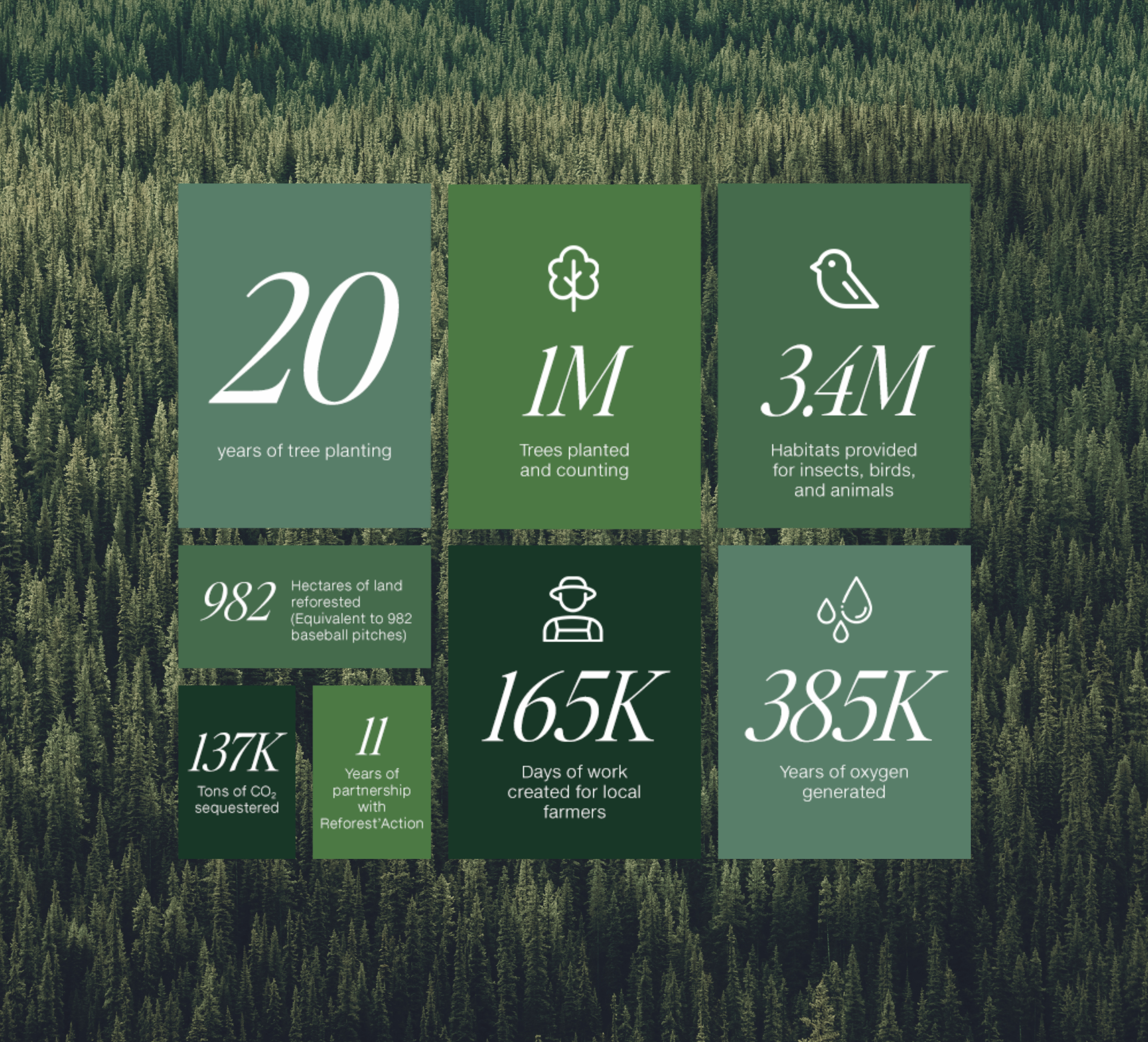
Trees and forests are critical in helping prevent biodiversity collapse, addressing issues like droughts and fires, and improving the air we breathe.
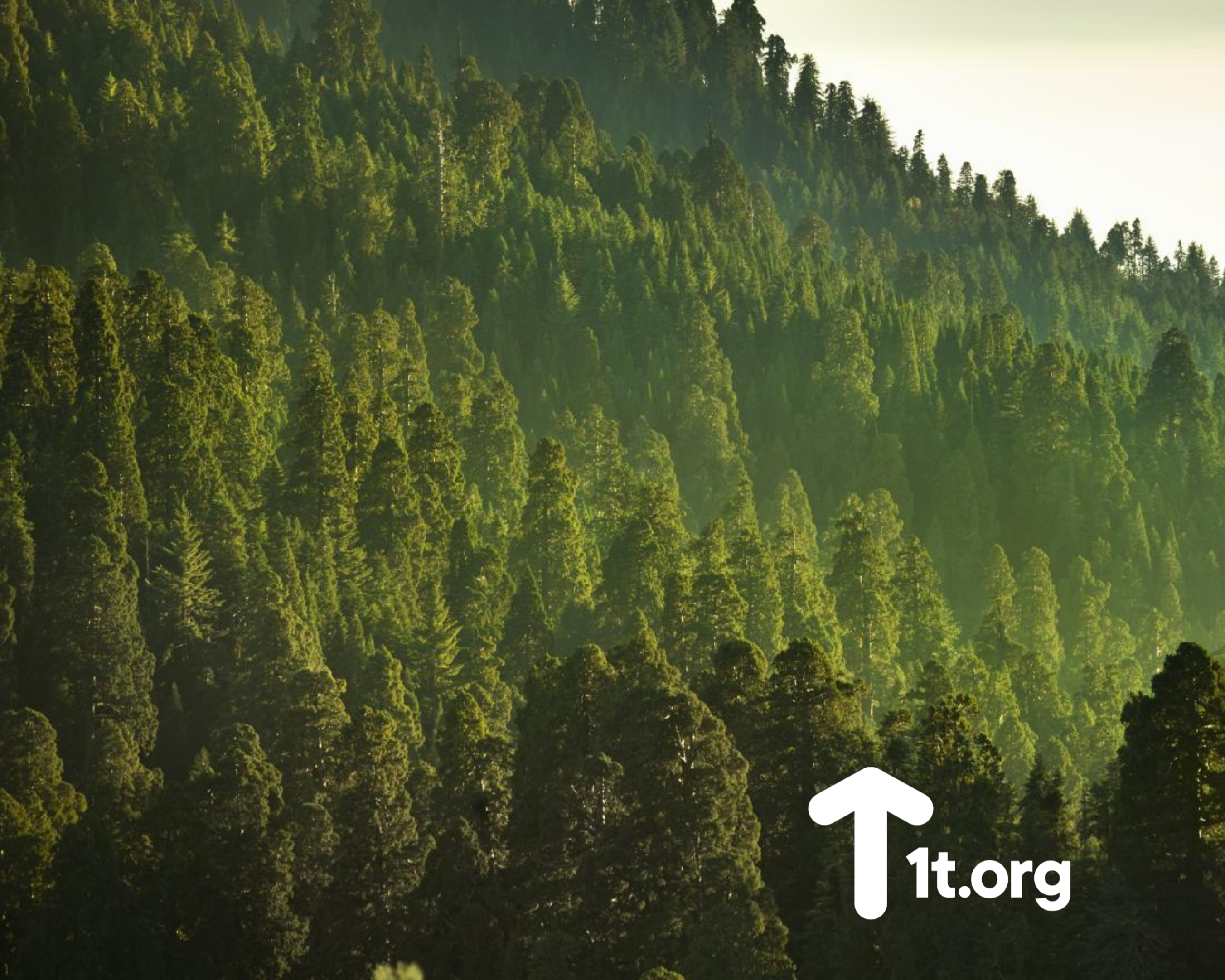
We are pleased to announce that, with your help, Tea Tree and Reforest'Action have met our goal of planting one million trees, which is expected to remove 150,000 metric tons of CO2 from the atmosphere during their lifetime.
Our Tea Tree brand has also joined 1t.org, a global tree planting movement from the World Economic Forum that aims to mobilize the global reforestation community and empower them to conserve, restore and grow one trillion trees by 2030.
We plan to plant an average of 125,000 trees per year until the end of 2030. This will span a variety of different regions with diverse ecosystems including rainforests, mangroves and peatlands. Our planting sites will be chosen annually based on global need, and we will publish updates on our progress as we continue this tree-planting journey.
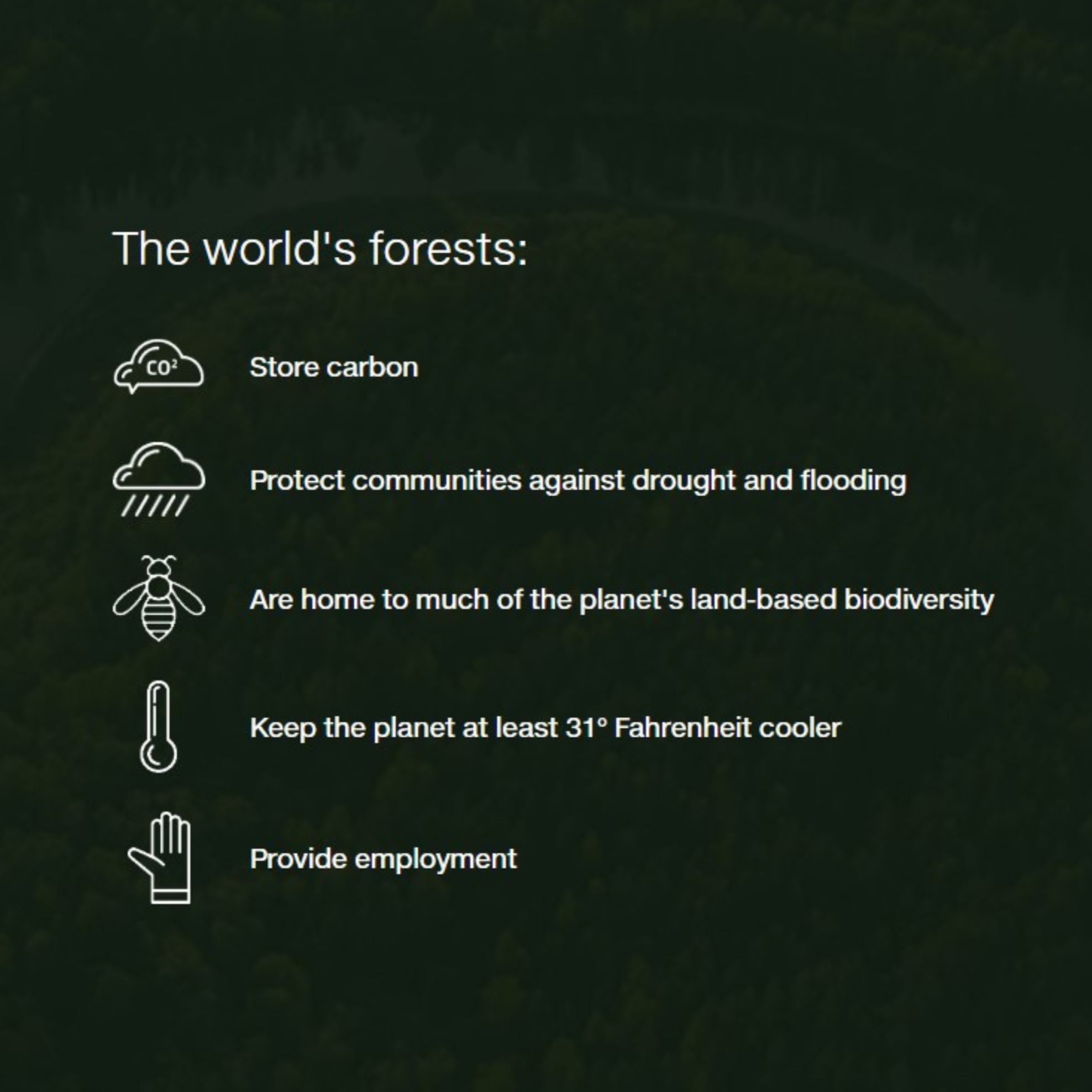
By joining 1t.org, we are helping to accelerate nature-based solutions in support of the UN Decade on Ecosystem Restoration (2021-2030).
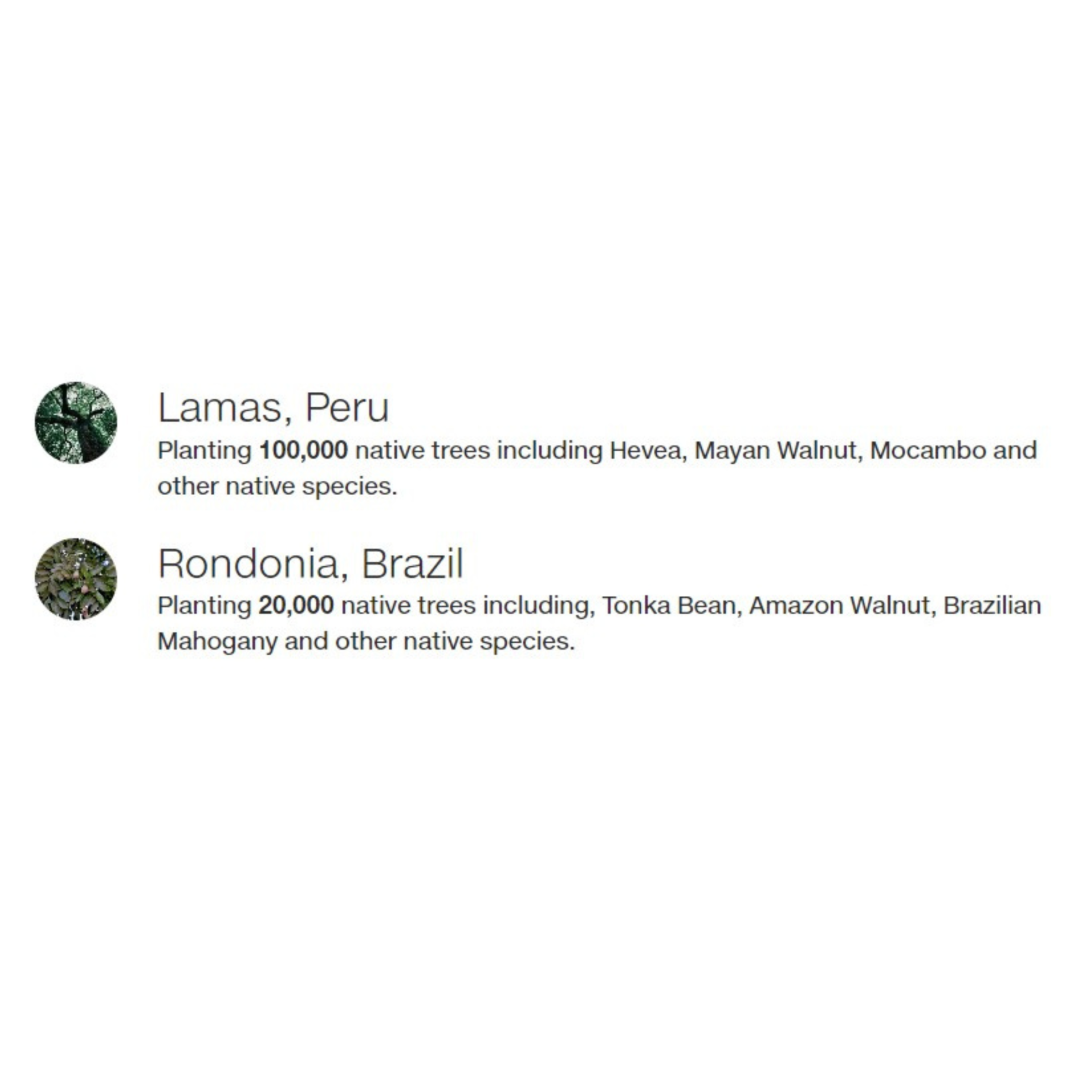
We've added two new planting locations in the Amazon to help enable the establishment of sustainable agroforestry systems.
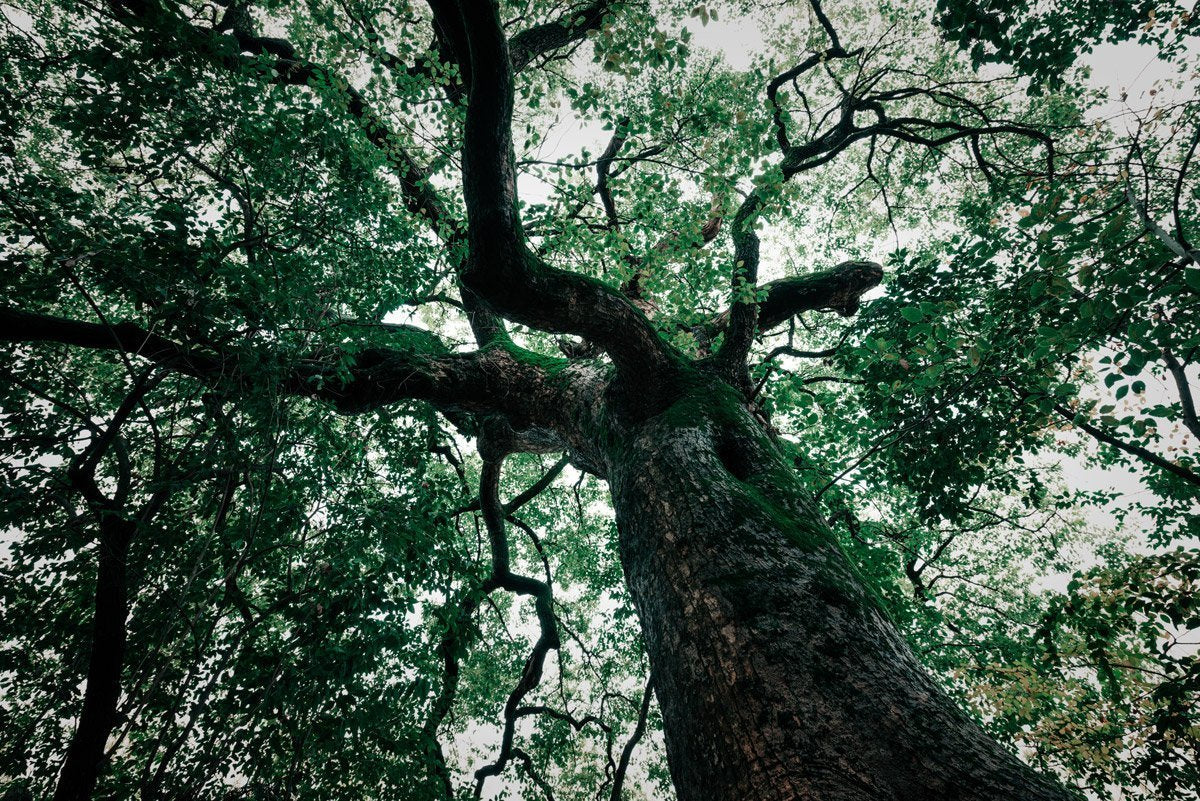
The Amazon rainforest, one of the largest forests in the world, is one of the most impacted by deforestation, with millions of trees disappearing each year.
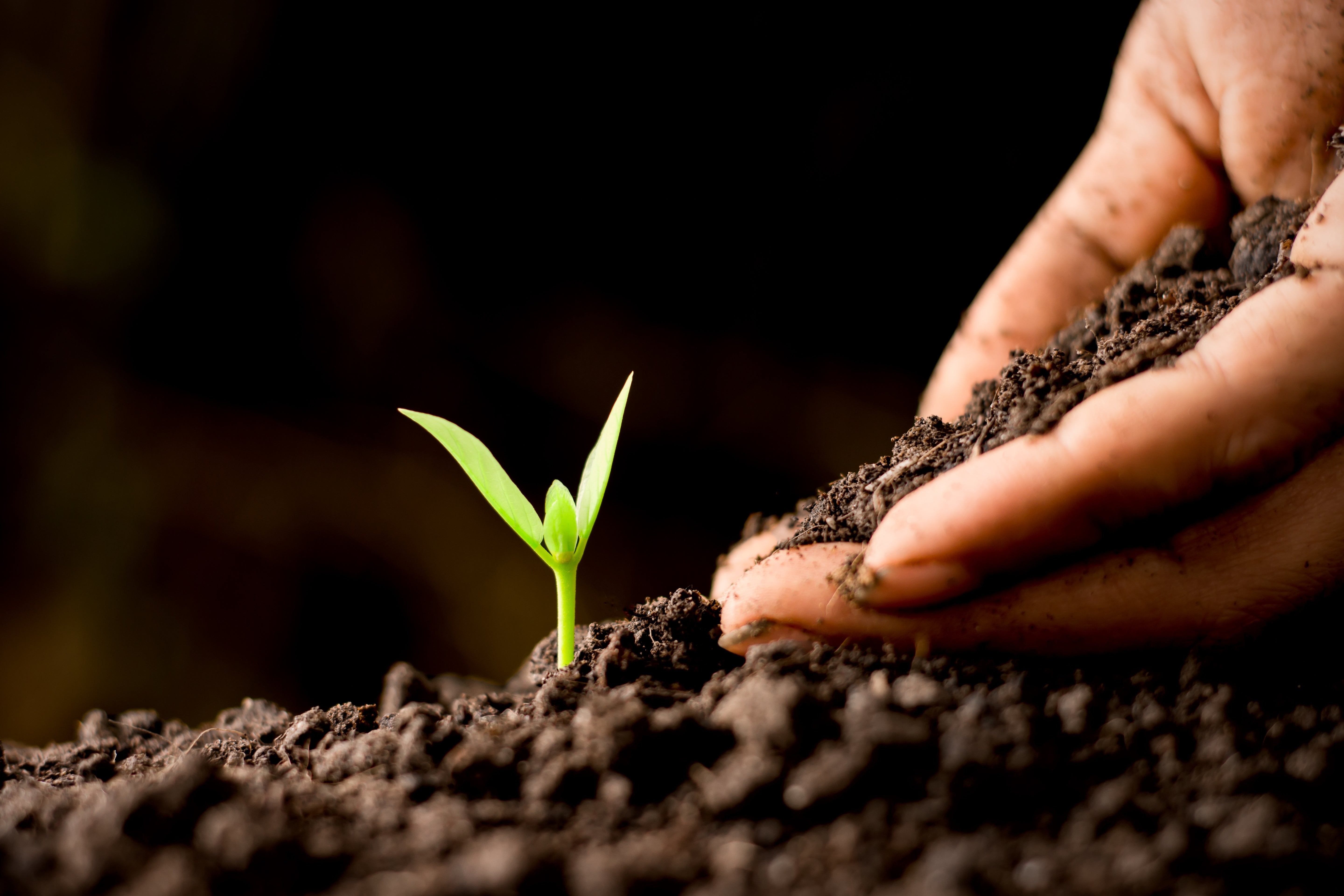
Intensive farming and natural hazards have severely degraded the soil and grasslands of the Amazon. Agroforestry—or the integration of trees and shrubs into farming landscapes—has environmental, economic and social benefits.
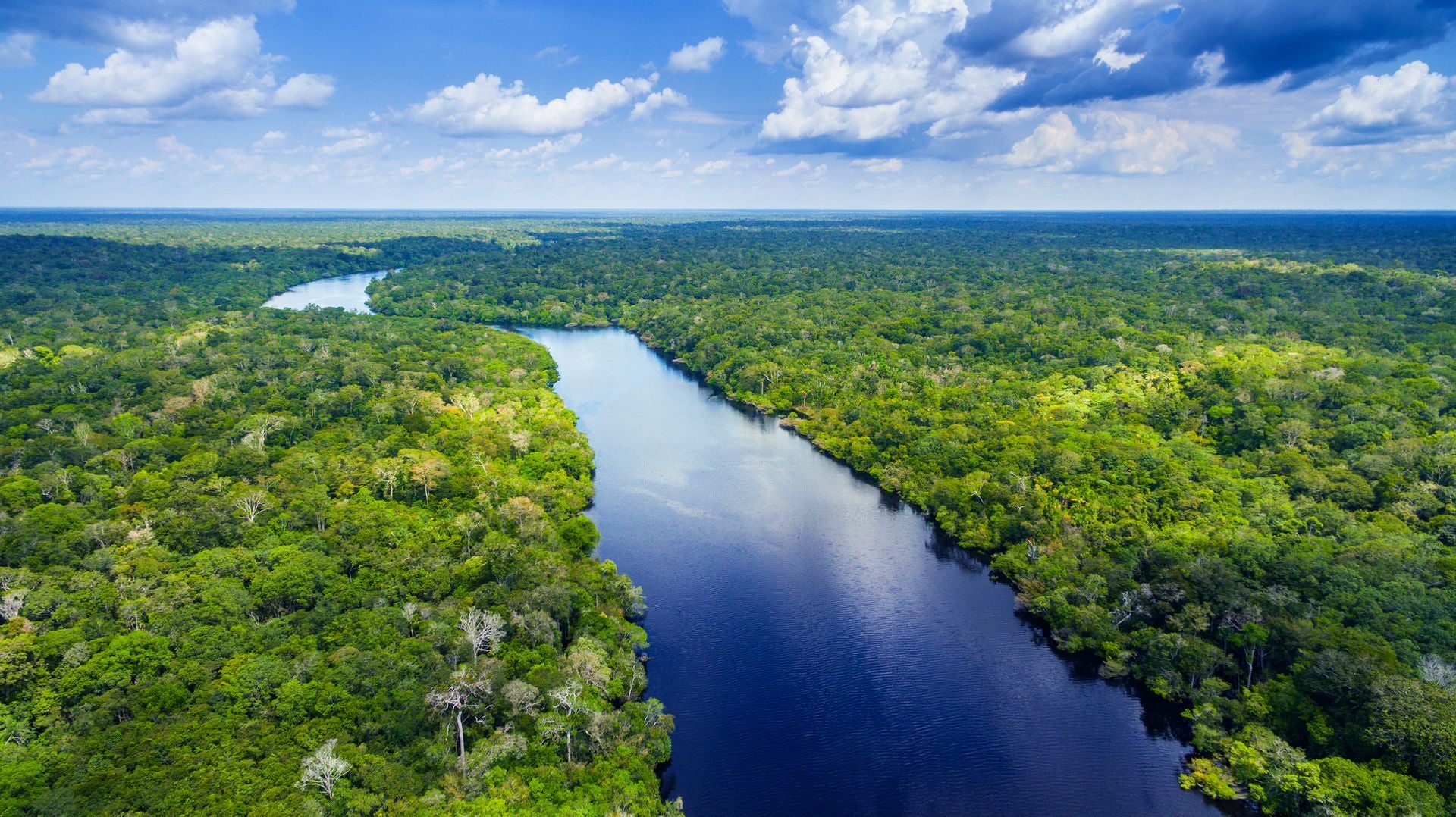
Planted trees sequester more carbon and act as carbon sinks by storing CO2 to nourish the soil, protect against extreme weather events and help fight climate change.

Shady trees protect crops from the sun during the dry season and provide a protective canopy during the rainy season. Trees also help restore soil fertility and prevent soil erosion.
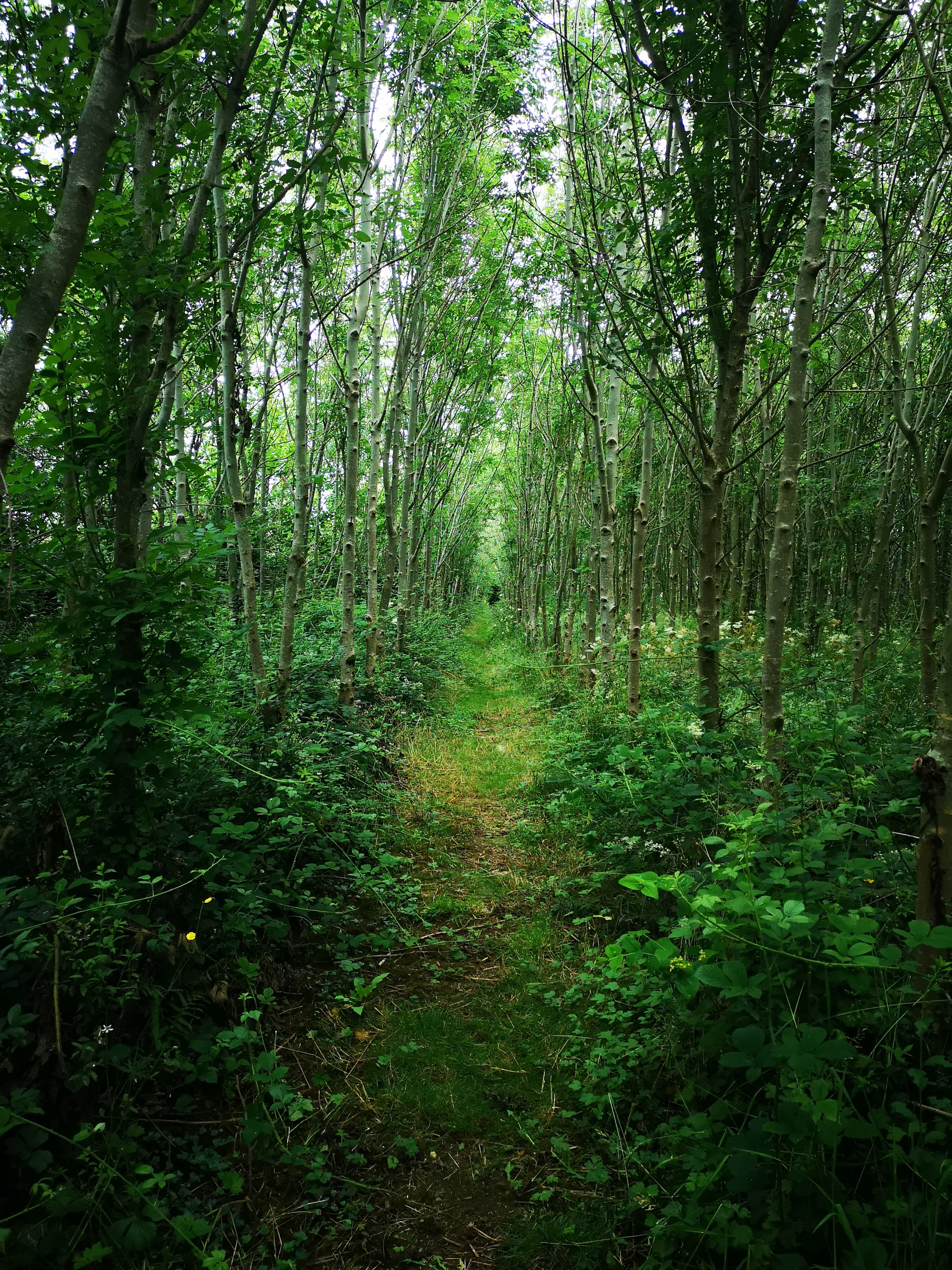
Planting a wide variety of plants and trees helps to develop the region's degraded plant biodiversity while restoring and creating many new animal habitats.
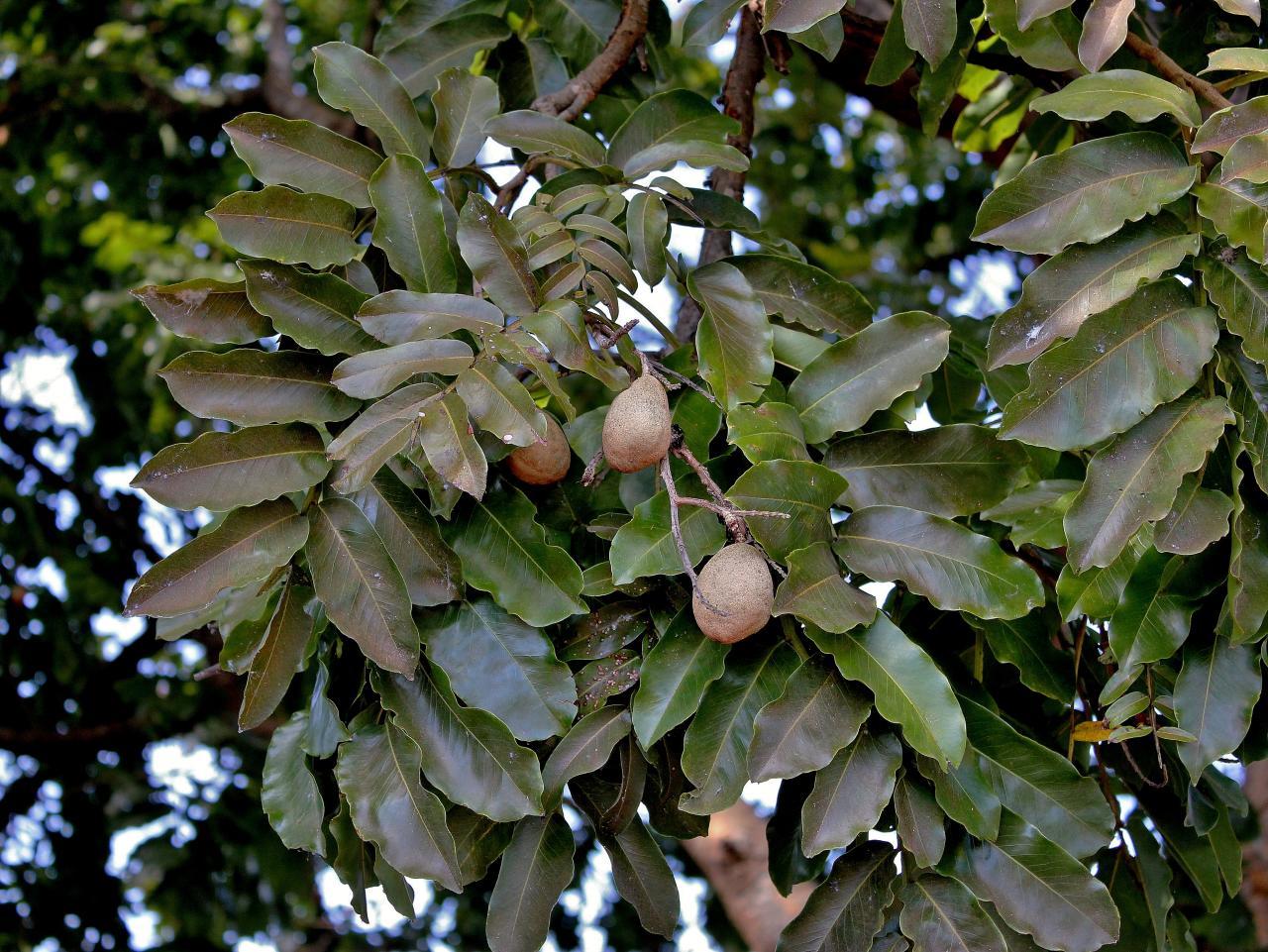
Diversifying fruit and seed production will enhance local food security and generate employment opportunities within the community.